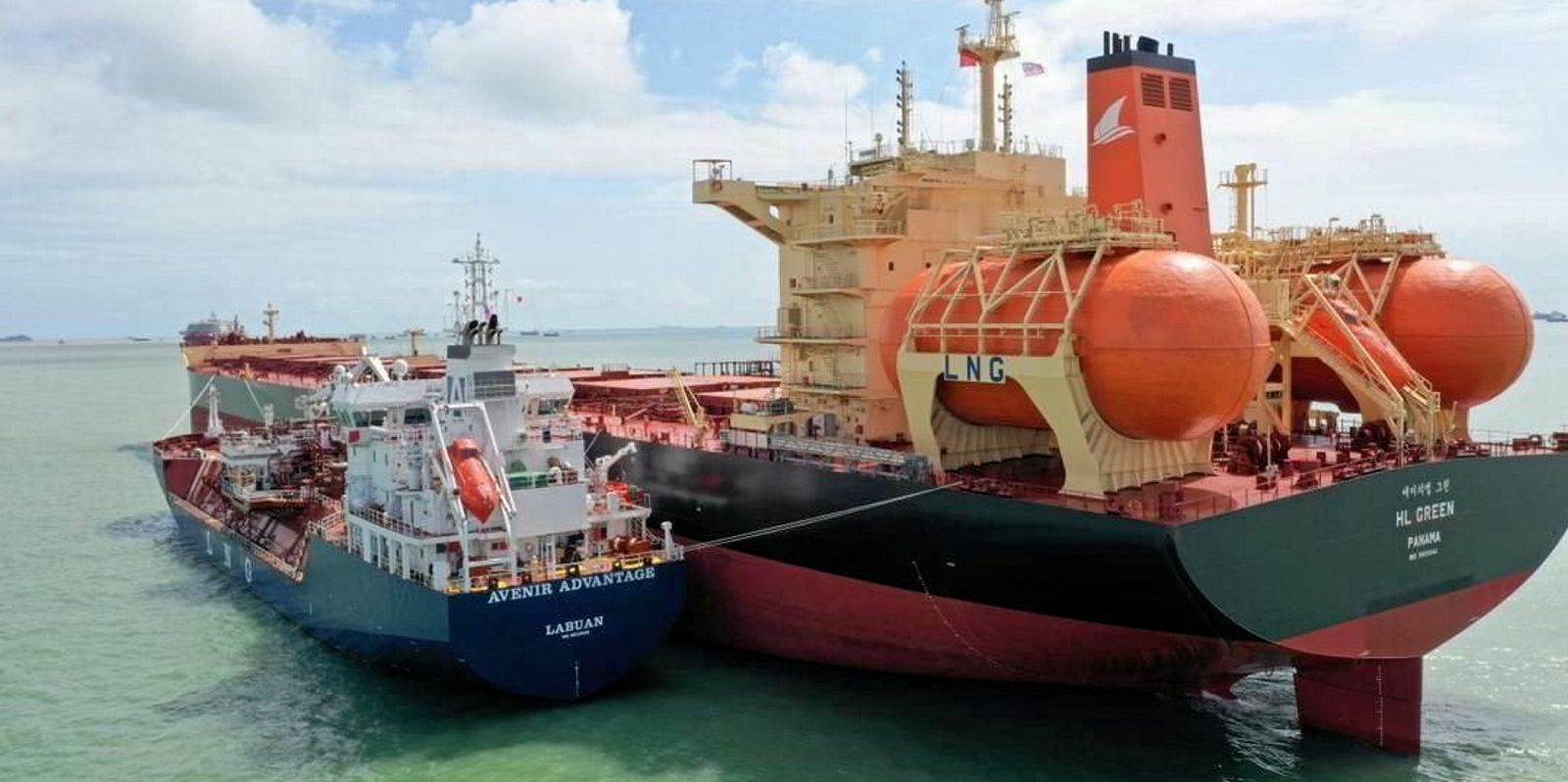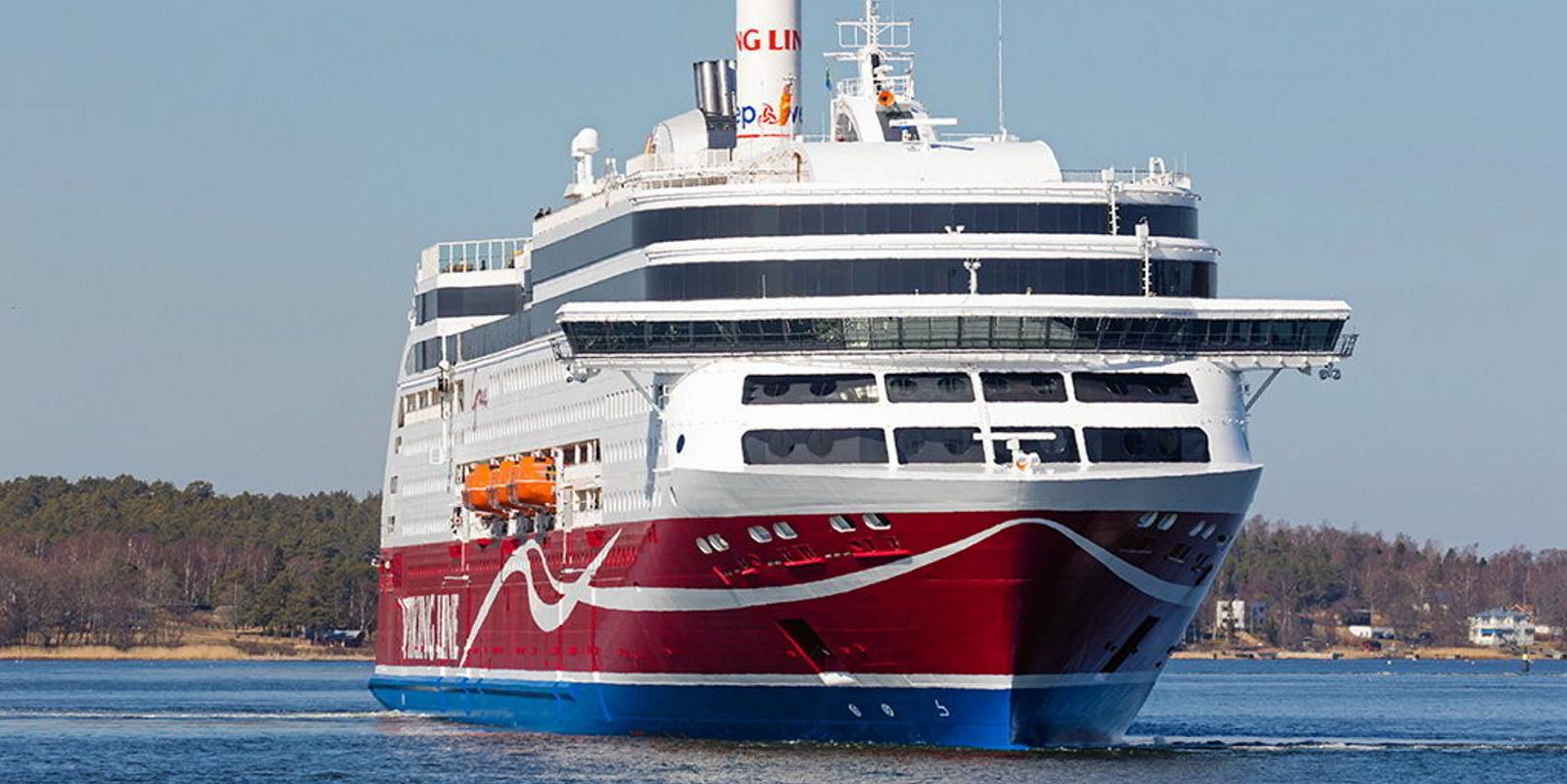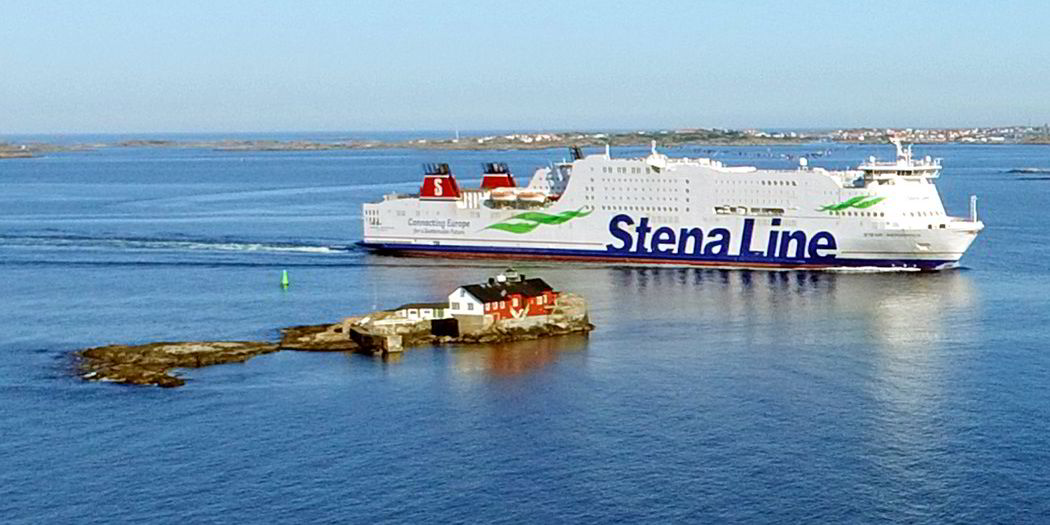Vessels designed to burn alternative fuels account for 34% of the newbuilding orderbook, according to the latest data from Clarksons.
Some 805 vessels, or 54.1m gt, of vessels on order globally are set to be alternative fuel-capable as of the start of November 2021.
In gross tonnage terms, this represents an increase of 68% year on year, the shipbroker said.
Clarksons said the uptake of alternative fuels on the global orderbook has been on an "upwards trajectory" over recent years.
The share of vessels on order with alternative fuels took 4.4 years to double from the level in early 2015, but only 2.3 years to double again to 34%.
"Uptake has continued to grow, despite continued uncertainty over timing and technology choices, with commercially viable zero-carbon options likely to be needed to meet long-term emissions targets," Clarksons said.
LNG is the most popular option today, although other low and zero-carbon fuels were said to be gaining traction.
A total of 548 units of 47.3m gt on order are set to be fitted with LNG-capable engines, representing 30% of the orderbook in gross tonnage terms, up from 24% a year ago and 10% five years ago.
"A large share, some 35%, of this tonnage is composed of dual-fuel LNG carriers able to use cargo boil-off as fuel, with 168 units on order," Clarksons said.
High-profile orders
"The remaining share shows how LNG is gaining traction as an alternative fuel in the main volume sectors."
Following high-profile orders in recent years, 22% of the containership orderbook in teu terms, 90 ships of 1.2m teu, is set to be LNG-capable.
There are also 21 LNG-capable VLCCs, of which 15 were ordered this year, 43 capesizes, 42 aframaxes and 29 cruise ships on order, according to Clarksons.
Moreover, it said there has been continuing interest in LNG-ready ships, with 83 such units on order and 244 already in the global fleet.
The uptake of other alternative fuels has also grown, with 286 units of 7.5m gt on order set to be capable of using alternative fuels aside from LNG or battery/hybrid propulsion. This includes several units able to use both LNG and other options.
Uptake of LPG as a fuel has risen rapidly, with 95 LPG-capable units — all LPG carriers — on order.
Clarksons said the ferry sector has been a "leading area" for battery/hybrid ships, with 63 units of 400,000 gt on order, while methanol gained traction in 2021, following orders for nine dual-fuel container ships by Maersk.
Twenty-two methanol-capable ships in total are on order.
The shipbroker said 30 ammonia-ready units are on order and a large number of ammonia-fuelled designs have received class approval.
Although just three hydrogen-capable units have been ordered, Clarksons said there is emerging interest in hydrogen-ready vessels, with four on order.







